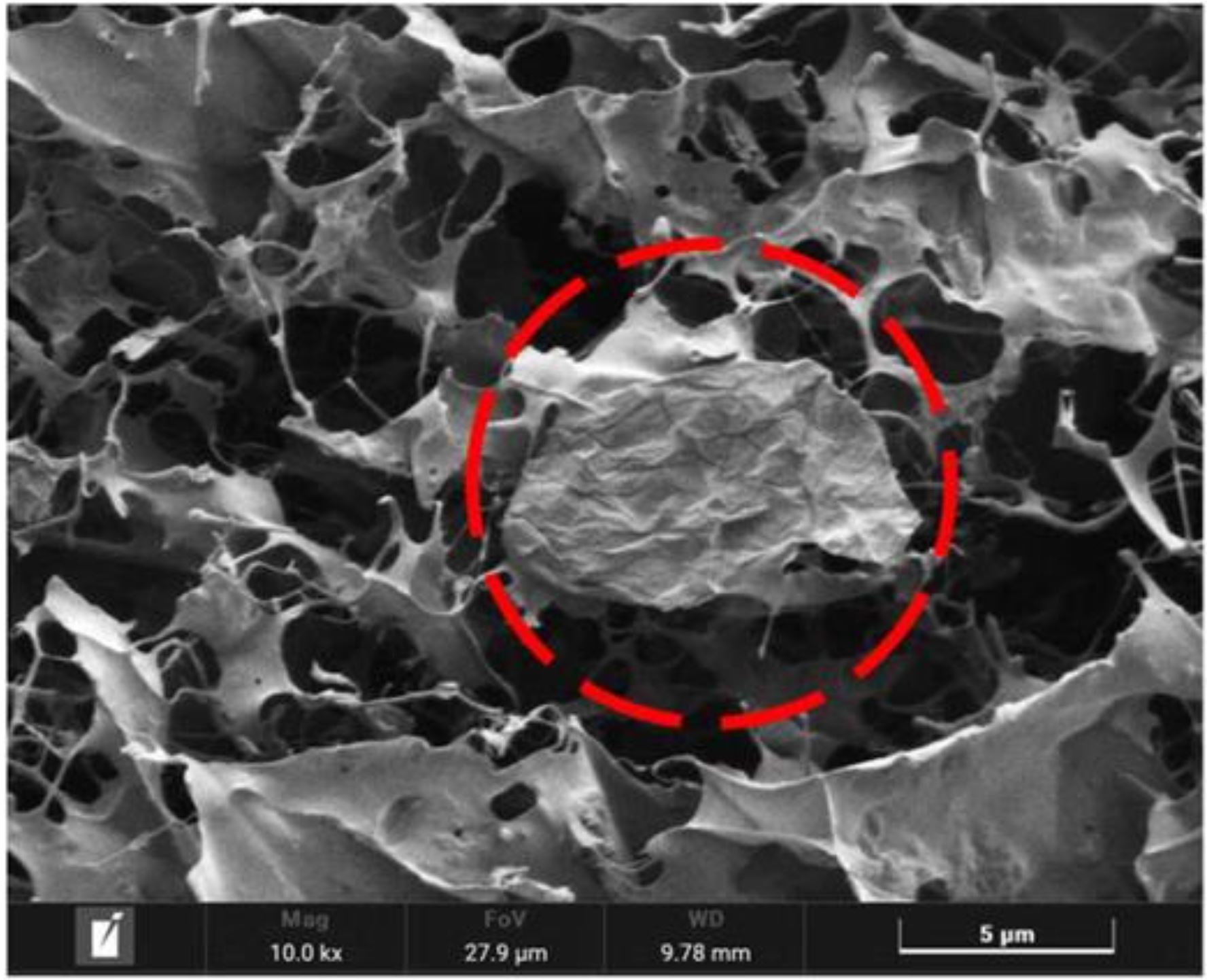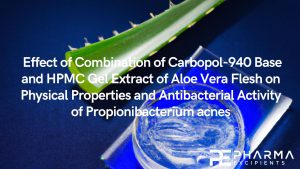Rheology of amino-functionalized graphene oxide suspensions in hydrogels

This work investigates the effects of amino-functionalized graphene oxide (AFGO) suspensions on the rheological behavior of Carbopol® hydrogels at pHs 5, 7, and 9. The AFGO concentration and media pH were evaluated and related to the suspension’s microstructure and rheology. Graphene oxide (GO) nanosheets were synthesized using the modified Hummers method and functionalized with triethylenetetramine via microwave-assisted reaction to produce AFGO. The nanosheets were characterized by different techniques, such as scanning electron microscopy (SEM), thermogravimetric analysis, Raman spectroscopy, and x-ray photoelectron spectroscopy. The suspensions were characterized by rheological tests through steady-state and dynamic flow, zeta potential, and cryo-SEM for microstructure analysis.
All samples presented a viscoplastic behavior and were modeled by the Herschel–Bulkley equation. Concerning the base hydrogels, the sample prepared at pH 9 showed lower viscosity, yield stress, and elastic modulus. At all pHs, the increase in the nanosheet concentration promotes a drop in the yield stress, viscosity, storage, and loss moduli. The cryomicrographs showed the impact of pH on the base hydrogel structure. It was also possible to observe that increasing nanoadditive concentration affects the Carbopol microgel swelling and weakens the suspension microstructure.
Download the full article as PDF here: Rheology of amino-functionalized graphene oxide suspensions in hydrogels
or read more here
Materials and experimental methods
Synthesis of graphene oxide (GO) and amino-functionalized graphene oxide (AFGO).
In general, graphite oxidation was performed through the modified Hummers method.44 Then, based on the microwave-assisted reaction, the amine-functionalization route followed the work of Ribeiro et al.45 A mixture of triethylenetetramine (TETA) and GO was placed in a microwave reactor. After the reaction finalization and the system’s cooling, the mixture was filtered and washed carefully with anhydrous ethanol to remove the excess TETA that did not react. The filtered material was dried, and the exfoliation of AFGO was performed as a step in the nanofluid preparation. Details about the complete methodology used for the GO and AFGO production can be seen in Sec. S1 of the supplementary material.
Preparation of pure Carbopol hydrogel and amino-functionalized graphene oxide (AFGO)/Carbopol suspensions
To prepare hydrogel, Carbopol® Ultrez 10 from Lubrizol Corporation was utilized. Carbopol® is a polyacrylic acid of high molecular weight with cross-linking points.46–48 A fixed Carbopol concentration of 0.3 wt. % was used for all prepared samples.
In order to investigate the influence of nanosheet ionization on system rheology, suspensions were prepared at pHs 5, 7, and 9. The relative amount of sodium hydroxide (NaOH) added to the system is the determining factor for obtaining the intended pH. Suspensions with 1 and 5 mg/mL of the AFGO concentration were prepared. For comparison purposes, pure Carbopol hydrogels were prepared for all investigated pHs.
Further details on preparing the Carbopol base fluids and the AFGO suspensions in the hydrogels are available in Sec. S2 of the supplementary material.
Source: Lorena R. da C. Moraes, Helio Ribeiro, Ricardo J. E. Andrade and Monica F. Naccache, Cite as: Phys. Fluids 36, 013122 (2024); doi: 10.1063/5.0185524, Submitted: 31 October 2023 . Accepted: 30 December 2023, Published Online: 29 January 2024
Read more articles on Carbopol here:
- Development and optimization of ganciclovir-loaded carbopol topical gel by response surface methodology for enhanced skin permeation
- Carbopol® Polymers: The Key to Unlocking Patient-Centric OTC Innovation
- Effect of Combination of Carbopol-940 Base and HPMC Gel Extract of Aloe Vera Flesh on Physical Properties and Antibacterial Activity of Propionibacterium acnes


